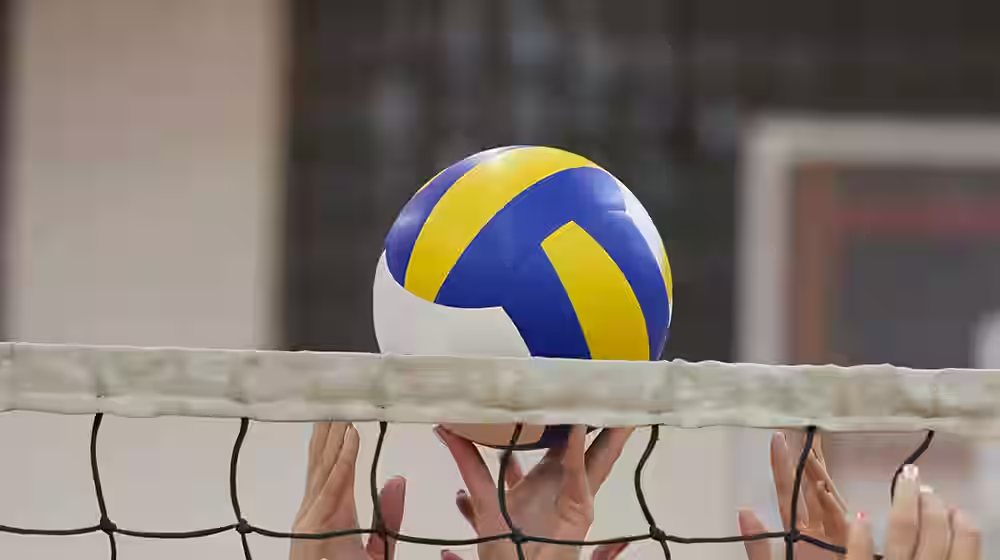Volleyball

Mastering Volleyball Techniques: Essential Skills for Every Player
Volleyball techniques refer to the specific skills and actions that players use to effectively control the ball, move around the court, and play the game. These techniques are essential for individual and team performance. Here are some common volleyball techniques:
Serving:
- The technique used to put the ball into play.
- Types of serves include the underhand serve, overhand serve, float serve, jump serve, and topspin serve.
Passing (Bumping):
- The technique of using the forearms to pass the ball to a teammate.
- Essential for receiving serves and making accurate passes.
Setting:
- The technique of using the fingertips to direct the ball to a hitter.
- Involves precise hand positioning and footwork to deliver an accurate set.
Hitting (Spiking):
- The technique of forcefully striking the ball to send it over the net.
- Includes approach steps, jump timing, arm swing, and contact point.
Blocking:
- The defensive technique of using the hands and arms to prevent the ball from crossing the net.
- Involves timing the jump, hand positioning, and teamwork.
Digging:
- The defensive technique of using the forearms or hands to prevent the ball from hitting the court after an opponent’s attack.
- Requires quick reflexes, body positioning, and anticipation.
Serving Reception:
- The technique of receiving the opponent’s serve and accurately passing it to the setter.
- Combines elements of passing and positioning.
Attack Coverage:
- The positioning and readiness of players to react to a blocked attack.
- Ensures that the team is prepared to continue play after an attack attempt.
Defensive Positioning:
- The strategic placement of players on the court to effectively defend against the opponent’s attacks.
- Involves understanding rotations and anticipating the opponent’s actions.
Footwork:
- The movement techniques used to position oneself for various volleyball actions.
- Includes shuffling, crossover steps, and quick lateral movements.
Communication:
- Verbal and non-verbal cues used to coordinate with teammates.
- Essential for calling plays, signaling intentions, and maintaining team cohesion.
Transitioning:
- The ability to switch quickly between offensive and defensive plays.
- Involves efficient movement and awareness of the game flow.
Reading the Opponent:
- The skill of anticipating and recognizing the opponent’s strategies and actions.
- Important for effective blocking, positioning, and counter-attacks.
Serving Strategies:
- The tactical use of different serves to target weaknesses in the opponent’s formation.
- Includes choosing serve type, placement, and speed.
